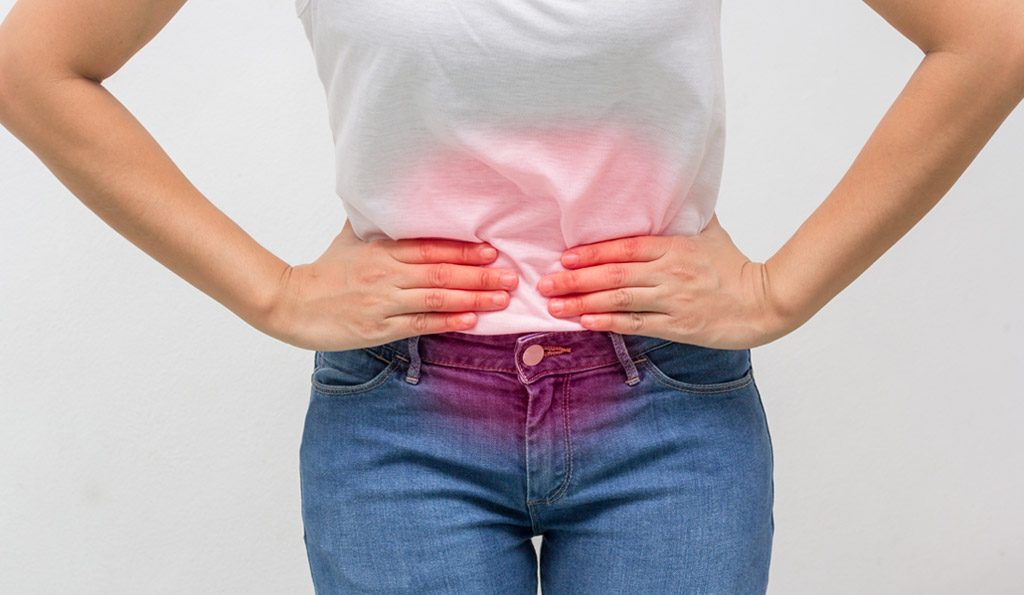This condition affects one in 10 women. Here are treatments you may have to undergo if you are part of the 10%

Endometriosis occurs when the tissue that lines the inside of the uterus — known as the endometrium — also grows outside it. The clumps of tissue may grow around the ovaries, fallopian tubes, intestines or other organs in the belly. In rare cases, they may spread to areas beyond the belly.
During each menstrual cycle, the displaced endometrial tissue continues to thicken, break down and bleed. The tissue induces an inflammatory reaction, causing menstrual pain and infertility.
Risk factors
About 10% of women suffer from endometriosis during their reproductive years.
Risk factors include:
- Never given birth
- Periods beginning at an early age
Symptoms
While some women with endometriosis are symptom-free, others experience pelvic pain during their menstrual period. The symptoms include:
- Very painful abdominal cramps or back pain during menstruation
- Painful bowel movements
- Painful urination, especially during periods
- Painful, irregular or heavy bleeding during periods
- Bleeding between periods
- Painful sex
- Difficulty becoming pregnant
- Fatigue
Occasionally, an ultrasound scan may incidentally reveal endometriotic cysts. These cysts consist of old blood and are often referred to as chocolate cysts.
Treatment options
There is no cure for endometriosis but treatment can help with pain and infertility. The choice of treatment depends on the:
- Nature of the symptoms, such as severity of pain
- Desire to get pregnant
- Size of the endometriotic cysts
- Risk of cancer
Treatments can be grouped under medication or surgery
Medication (including hormonal treatments)
Medication such as painkillers may be prescribed for menstrual pain. If you have pain but aren’t planning to get pregnant, birth control hormones (pills, patch or ring) can help prevent endometriosis from getting worse. Combination oral contraceptives and continuous cycle regimen hormonal contraceptives, like the progestin-only intrauterine devices Mirena and Jaydess and contraceptive implants are sometimes prescribed for mild to moderate endometriosis. Another hormone therapy, Visanne, an oral progestin medication, also reduces the production of certain hormones associated with menstruation.
Surgery
If the growths are affecting other organs or if you have cysts, surgery may be required.
- Cystectomy: Surgery can be effective in removing endometriotic lesions, cysts and scar tissue, and is best carried out before fertility treatment to increase pregnancy success rates. As endometriosis tends to recur easily, women who intend to start a family should try to conceive as soon as possible after surgical treatment.
- Oophorectomy: This option involves the removal of the ovaries. This is a permanent solution for endometriotic cysts. But if early menopause occurs, hormone replacement therapy may be needed







